The EXPO 2015 in Milan hosts 140 countries to say their view on the topic: “Feeding the Planet, Energy for Life”.
The countries are asked to give answers to the problems of food and growing population.
In facts, the expo is rather a collection of regional products and an advertisement about each country. This is because it is not a narrowed highly-specialized audience visiting the pavilions, but millions of people coming from any part of the world and not specifically interested in the theme itself.Nevertheless, there are some very good points made in terms of sustainable architecture and solutions for the future of humanity:
– Museum of food: a moment when the heritage of the past looks in danger and therefore to be documented and saved
– (un)Balance: Obesity, lack of activity, lonely consume of food, extremism against certain ingredients contrast with the old balance of small portions of varied ingredients and food rituals
– Traditional processes: Harvesting without wasting water, fermenting food for longer use, insects as proteins. Tradition brings some answers to the future of food
– The Internet of food: Sensors, smart packaging, augmented information to optimize the food chain and empower the consumer
– Responsibility and Education: It is clear that only consumers can drive the food industry in a human and sustainable direction
Brazil
A walkable net as paradigm of flexbility and decetrification.
A walk through the incredible variety of plants and vegetables the country produces and exports.
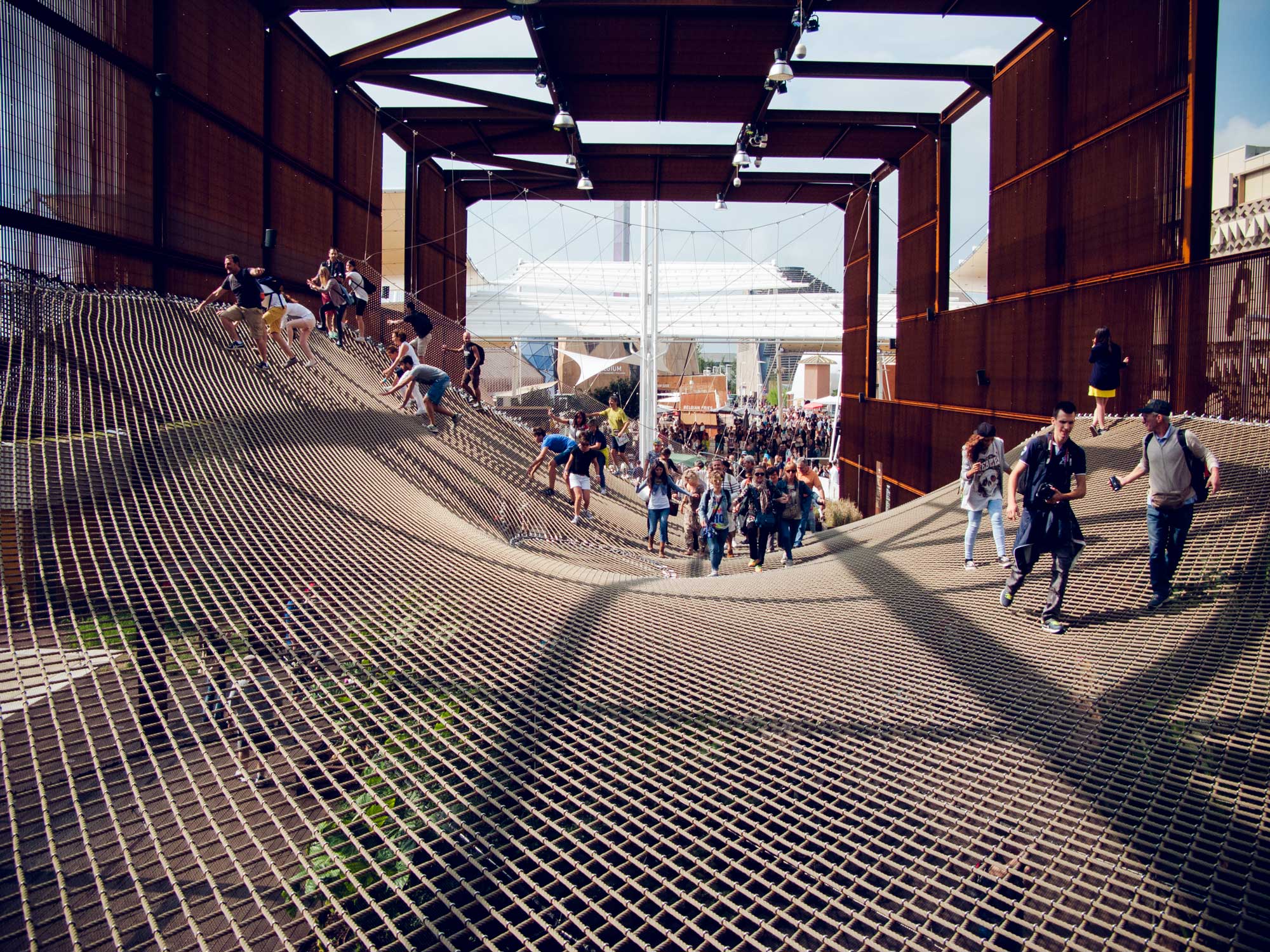
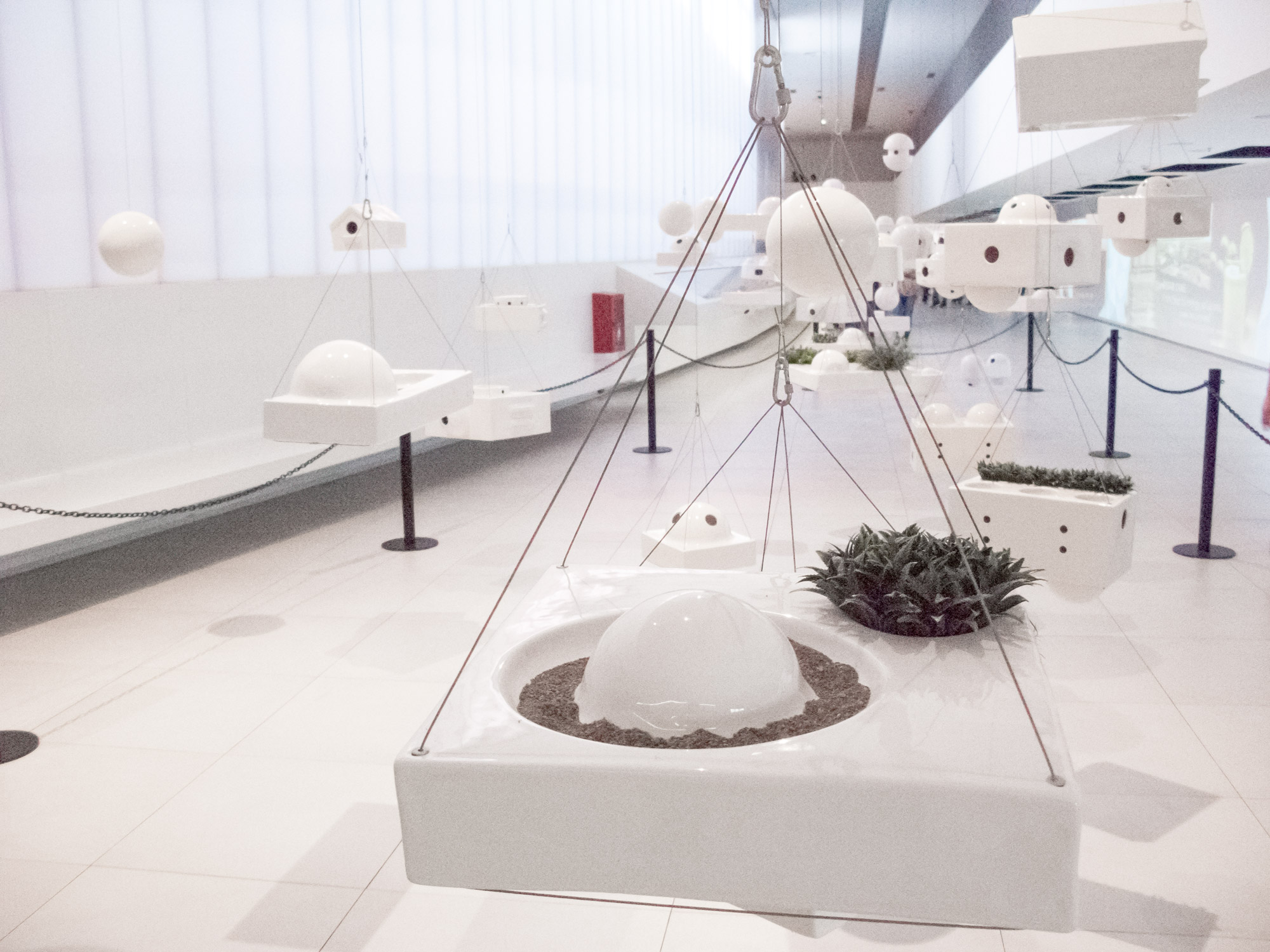
China
A field of 30,000 LED wheat stalks represents agriculture as the base of chinese history and the bond between man and nature. The power of technology is meant to complement not to destroy this balance. 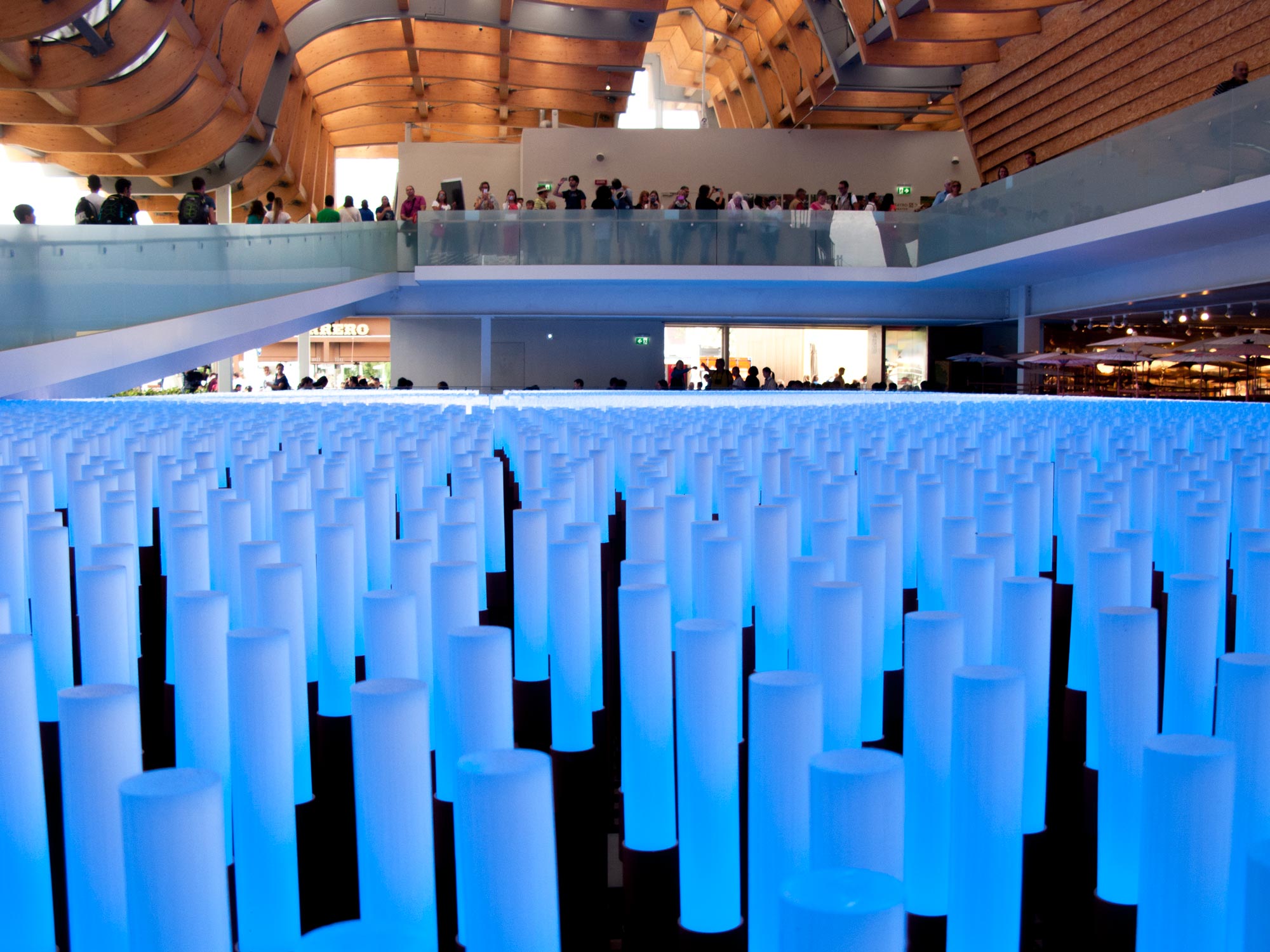
Coop- Future District Food
New interactions between consumers, products and farmers.
By indicating a product consumers can get a direct view on all the food chain. Products can tell consumers their own story.
New types of food like insects and innovative packaging and concepts jump into the future of consume.
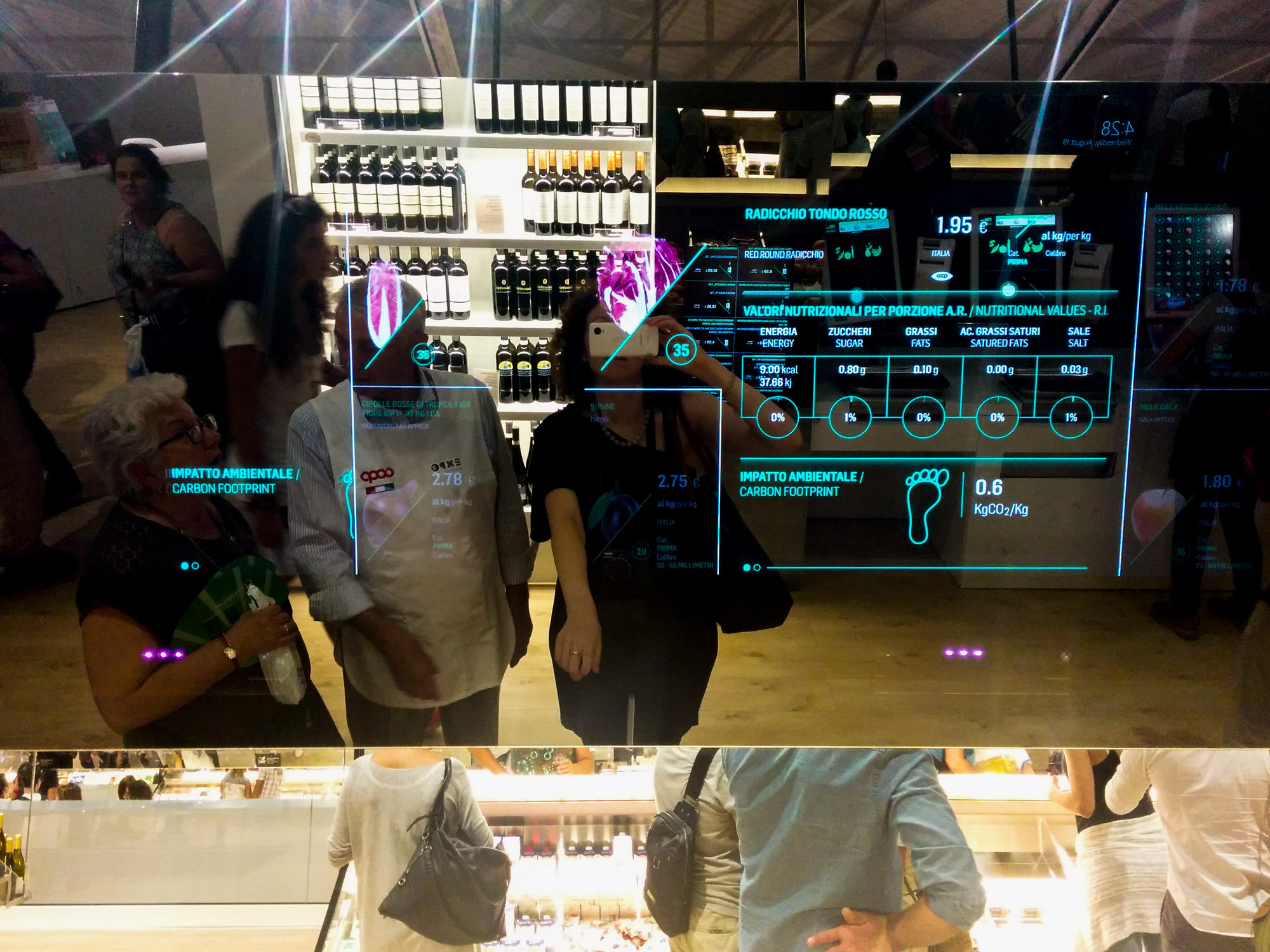
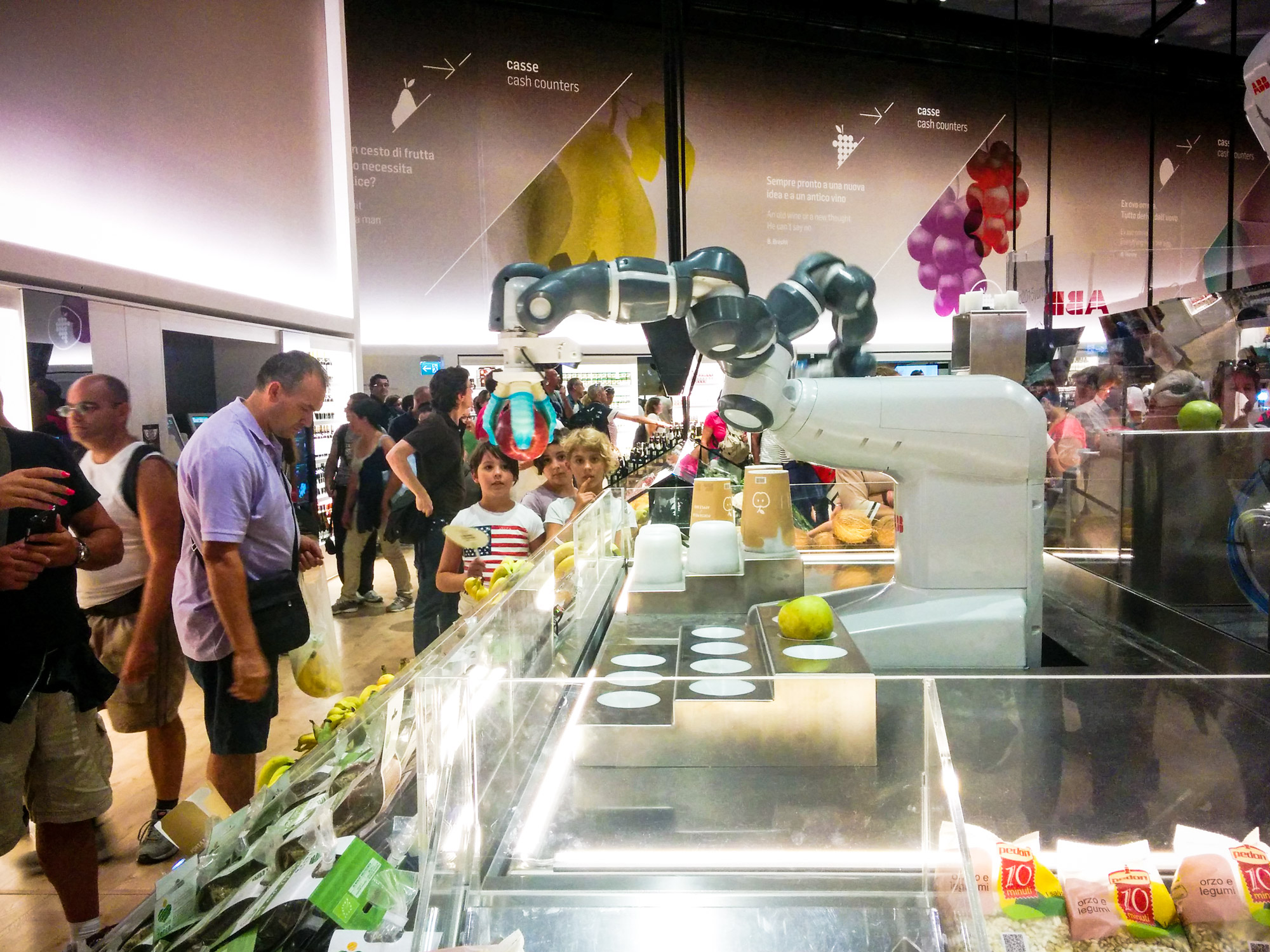
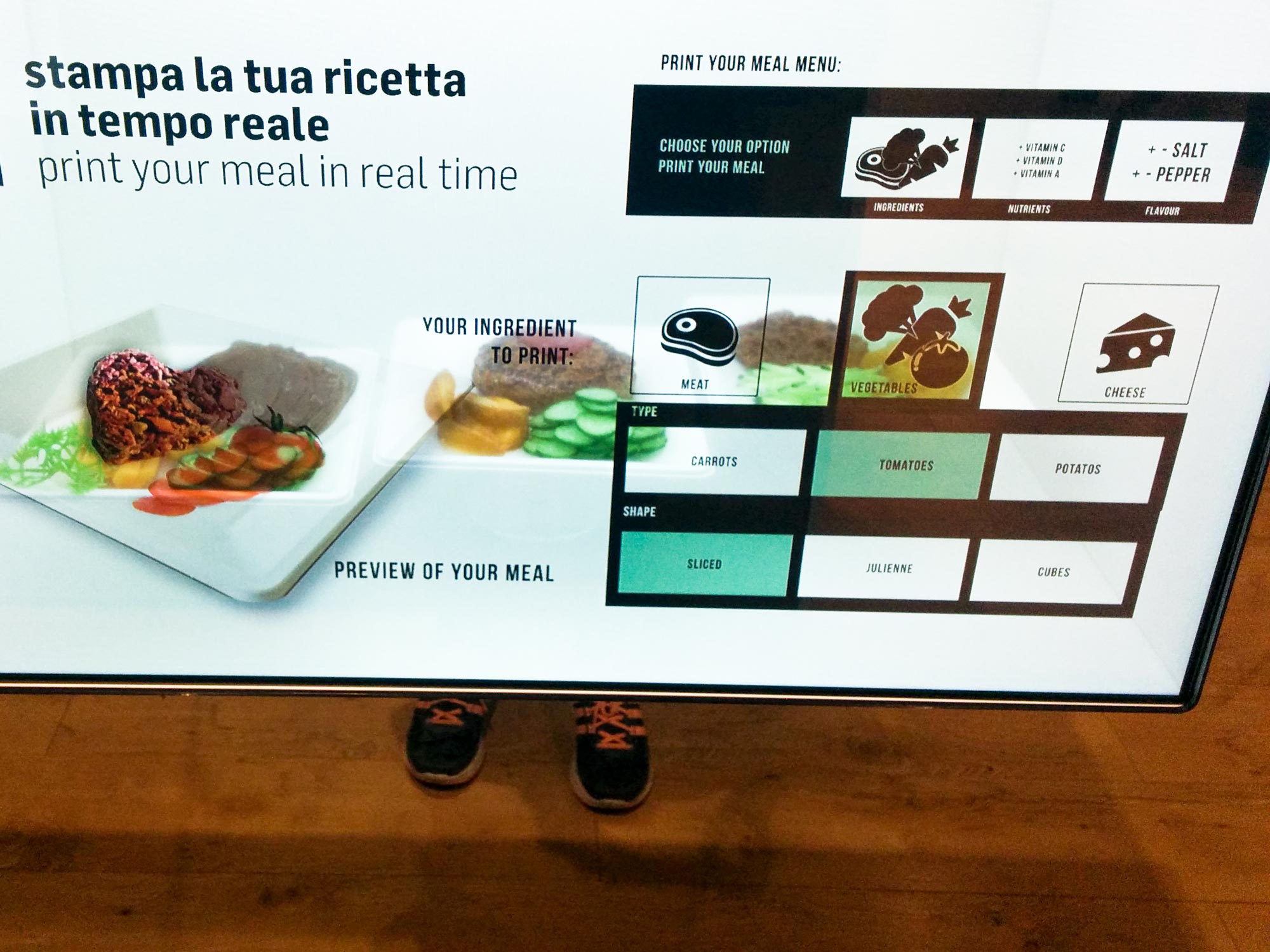
Germany
The pavilion offers an extensive analysis of current problems related to Soil, Water, Food, Climate and tries to give concrete answers. It also calls for personal ideas and responsibility. The exhibition is highly interactive and educational.
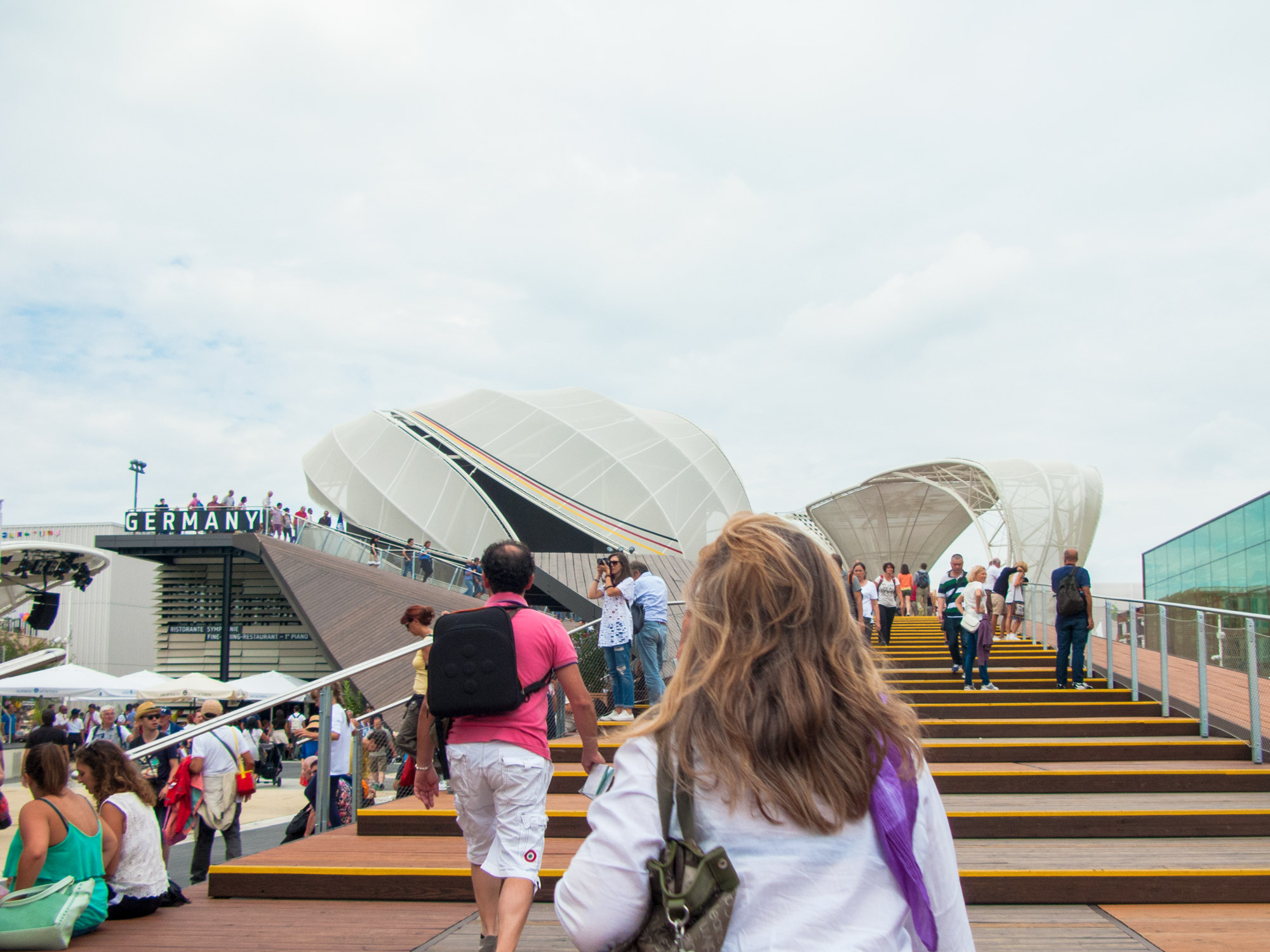
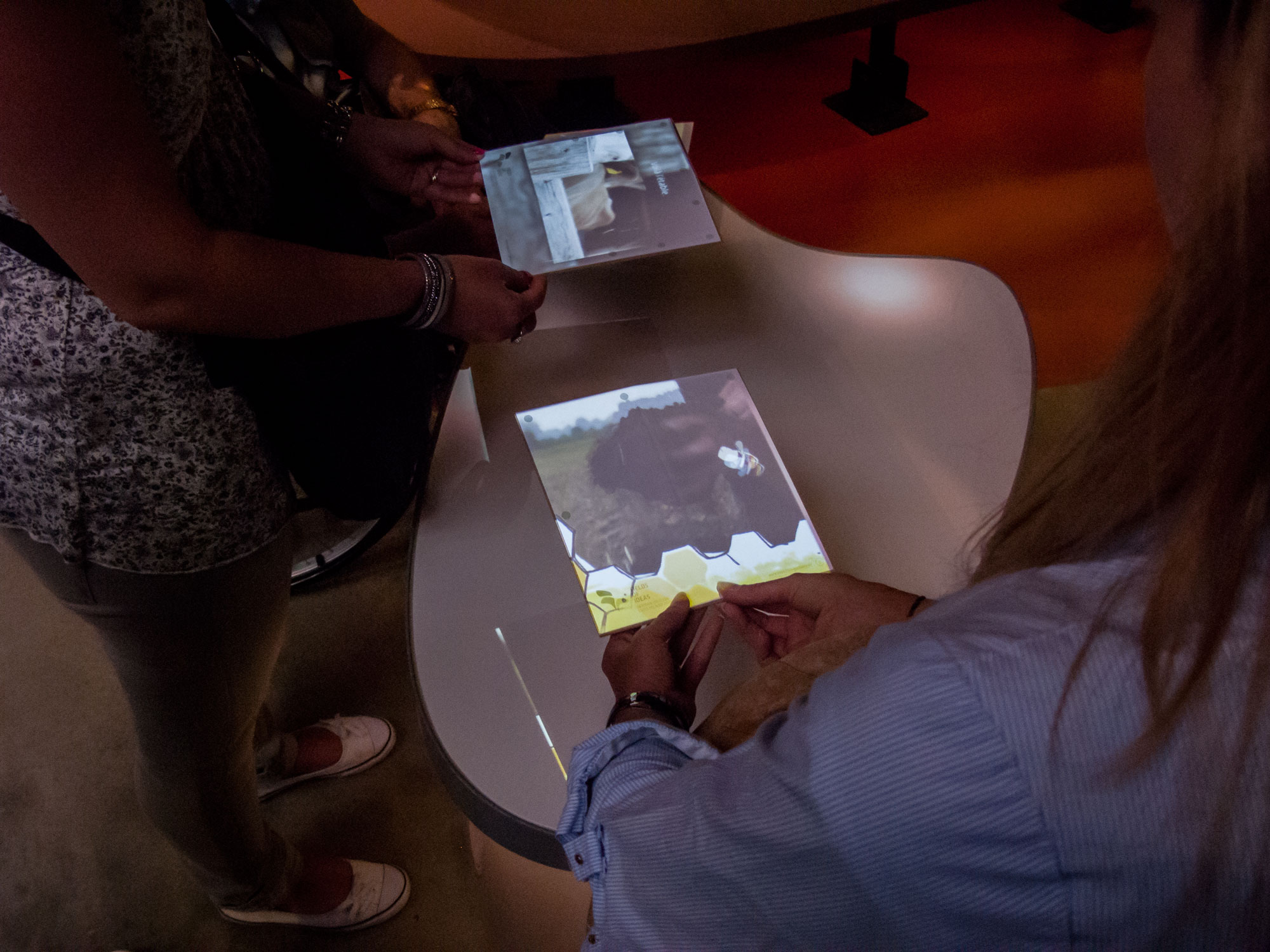
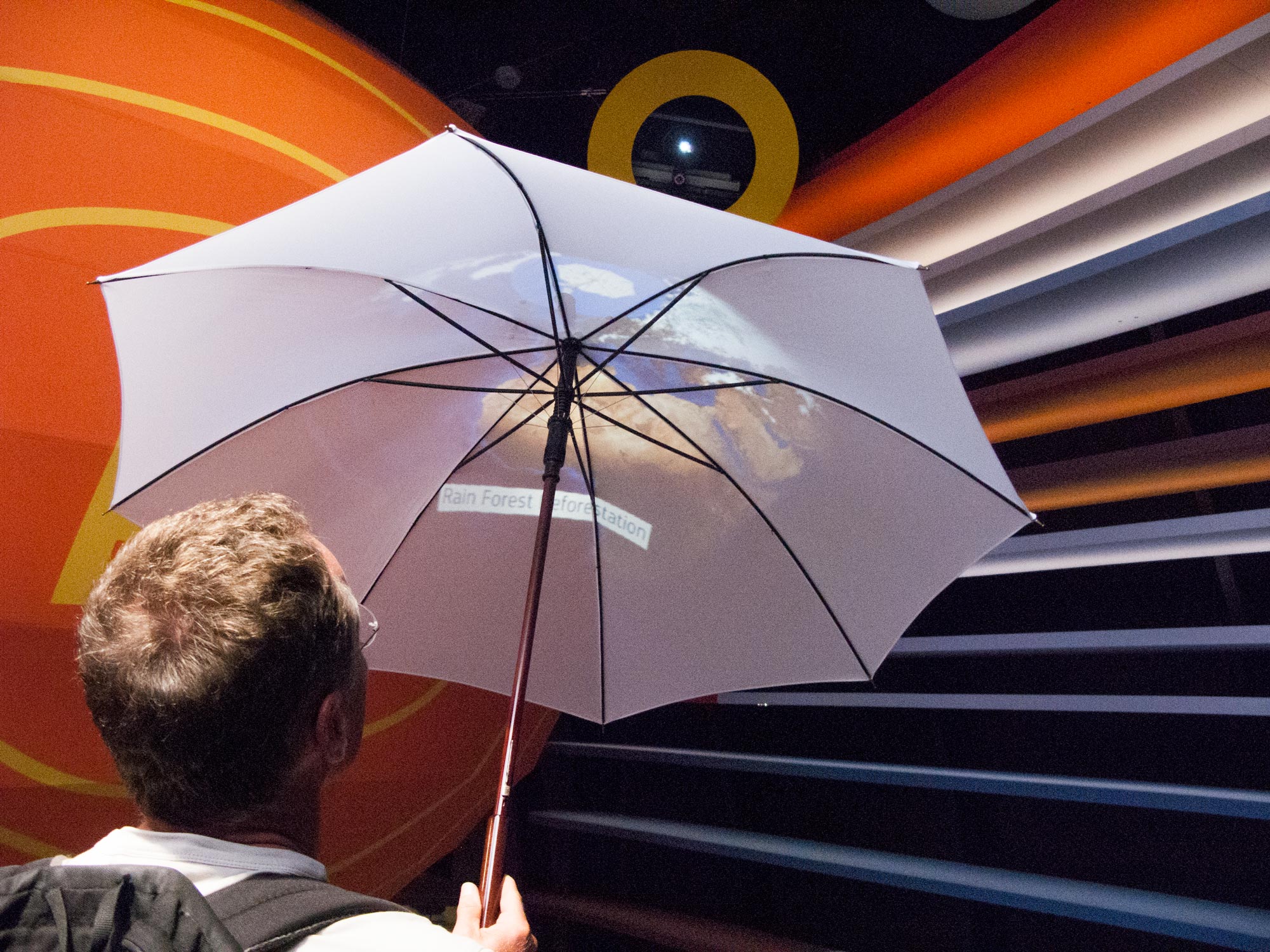
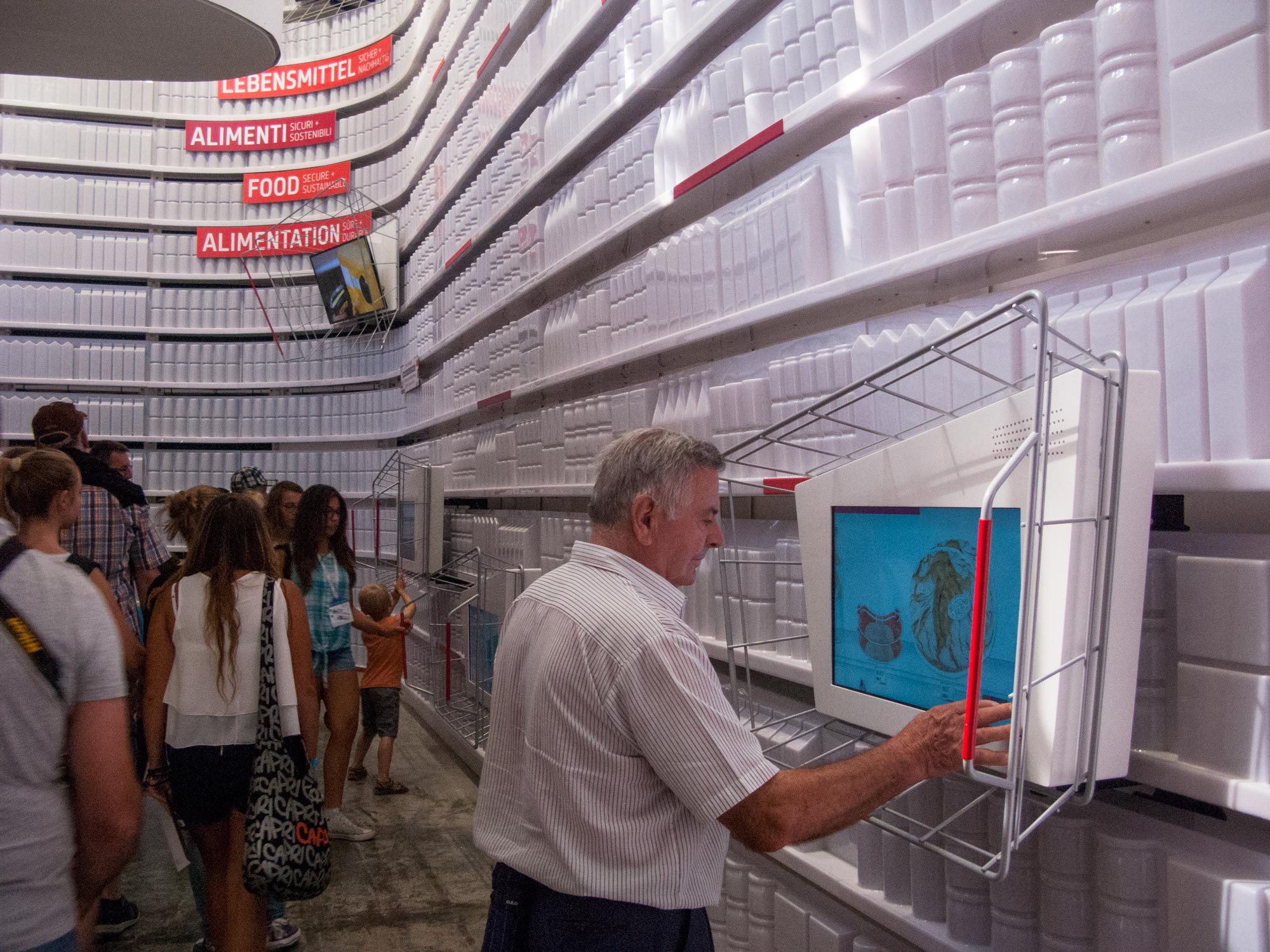
Republic of Korea
Starting from the traditional Korean cuisine called “Hansik”: the pavilion highlights balance, fermentation, storage are the key factors for the future of food and nutrition.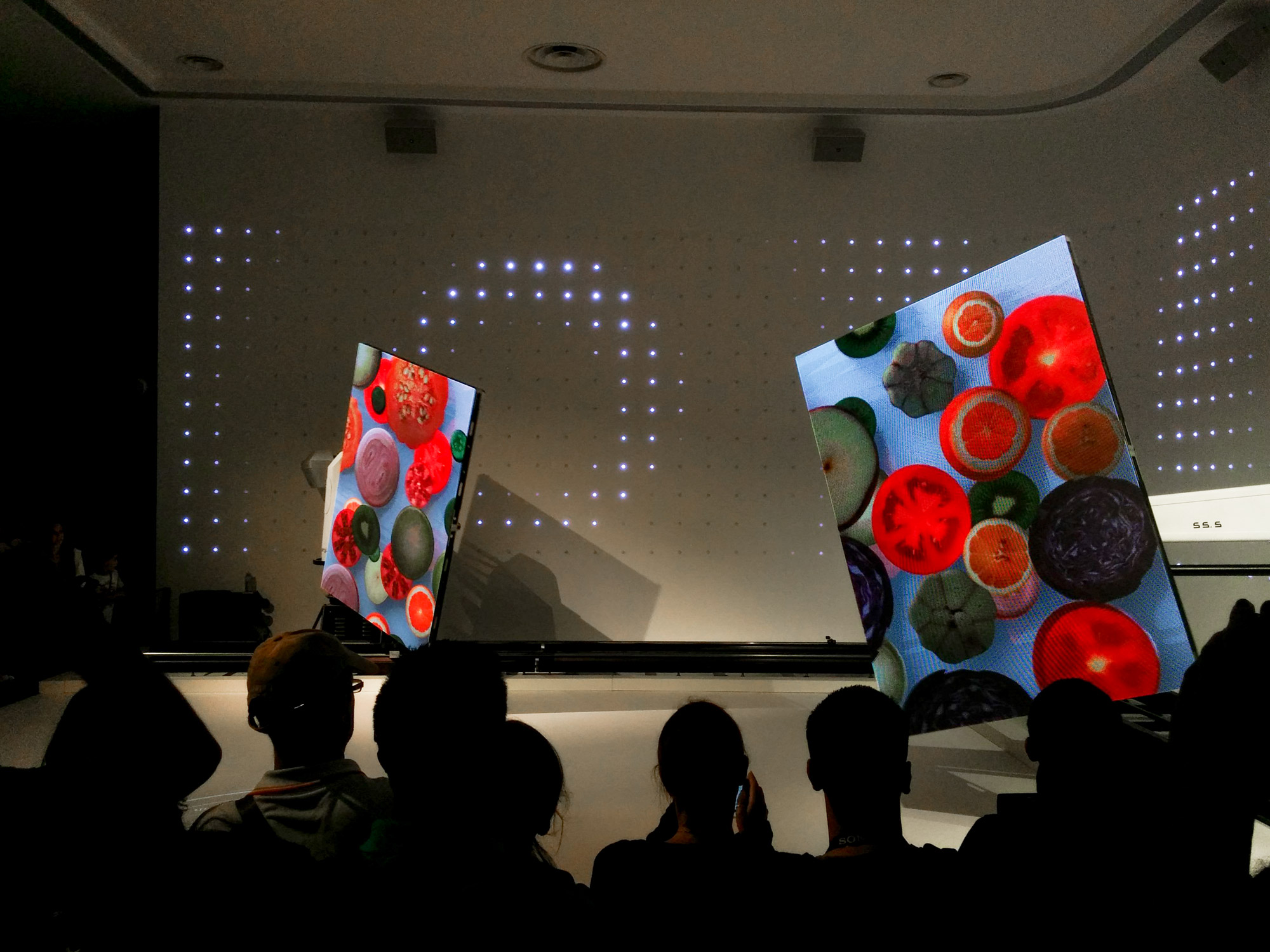
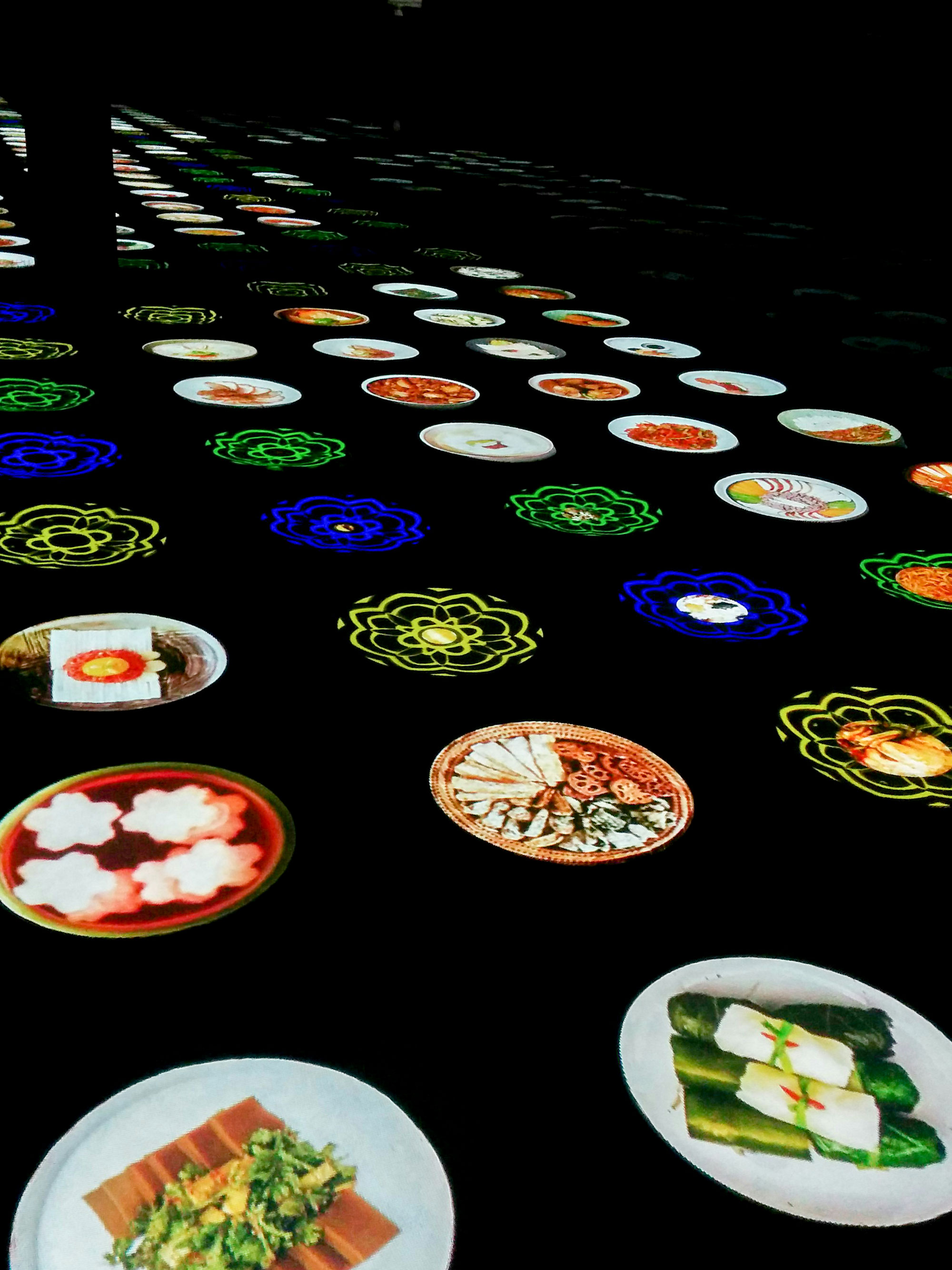
Switzerland
From outside visitors will notice towers of different colours and aspect. The concept of the pavilion is to call visitors to be responsible and to reflect on consume as a social issue. They are free to take as many products as they want (water, salt, coffee and apples) but they are aware that the towers won’t be re-filled until the end of the EXPO.
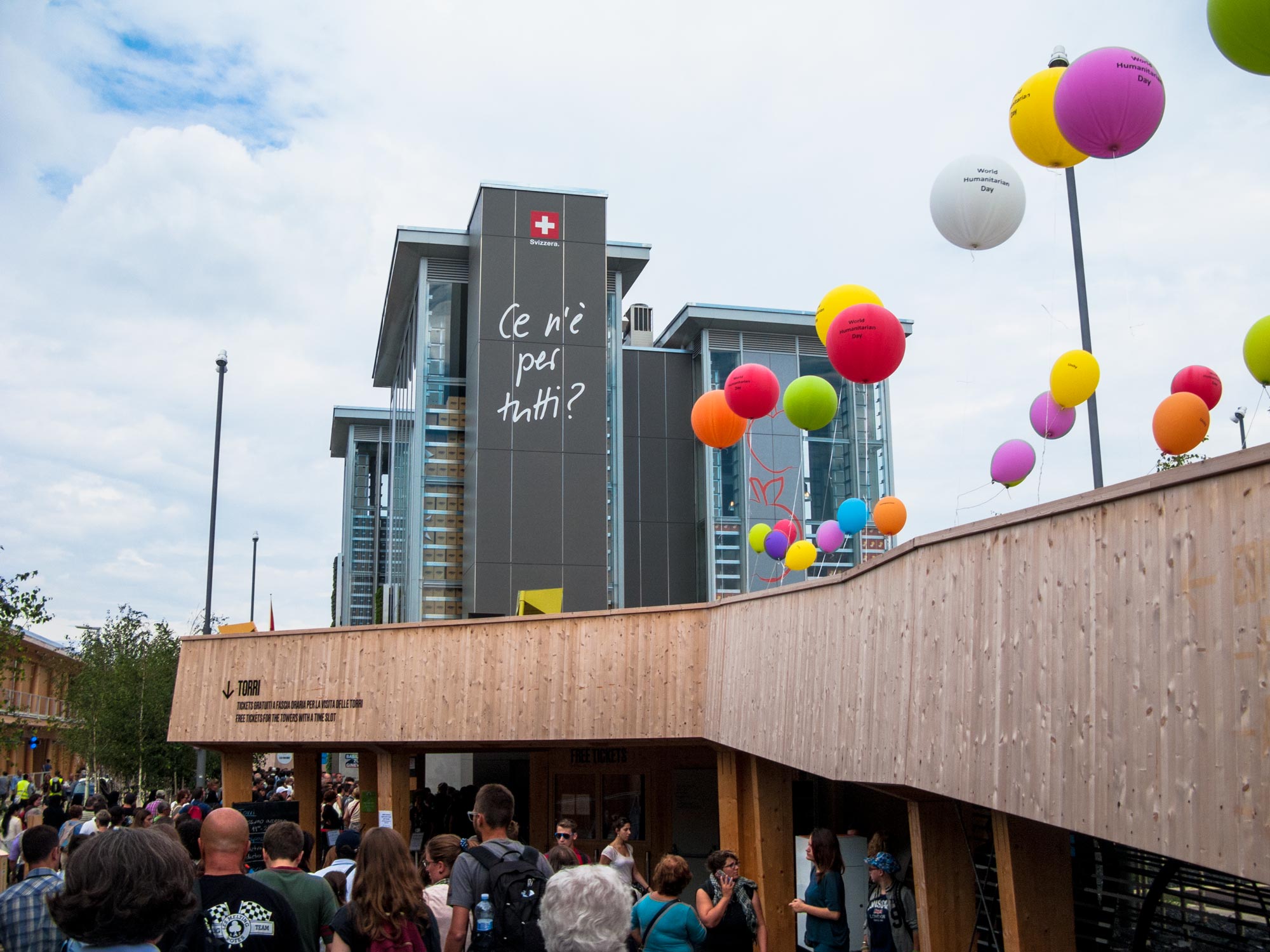

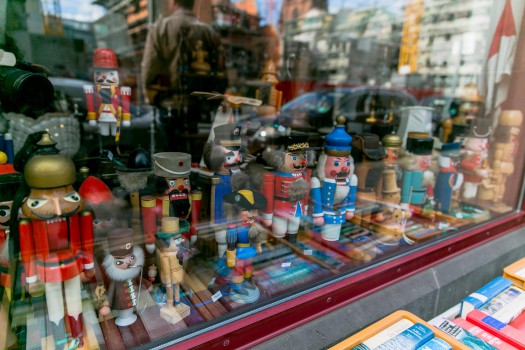
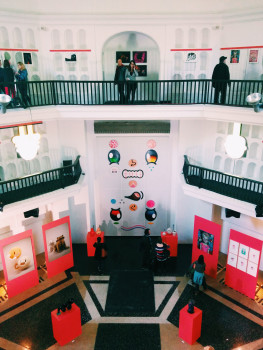
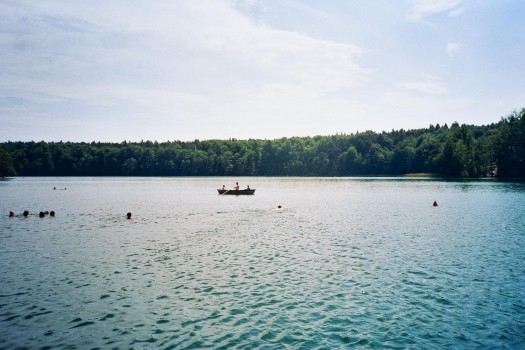

Be First to Comment